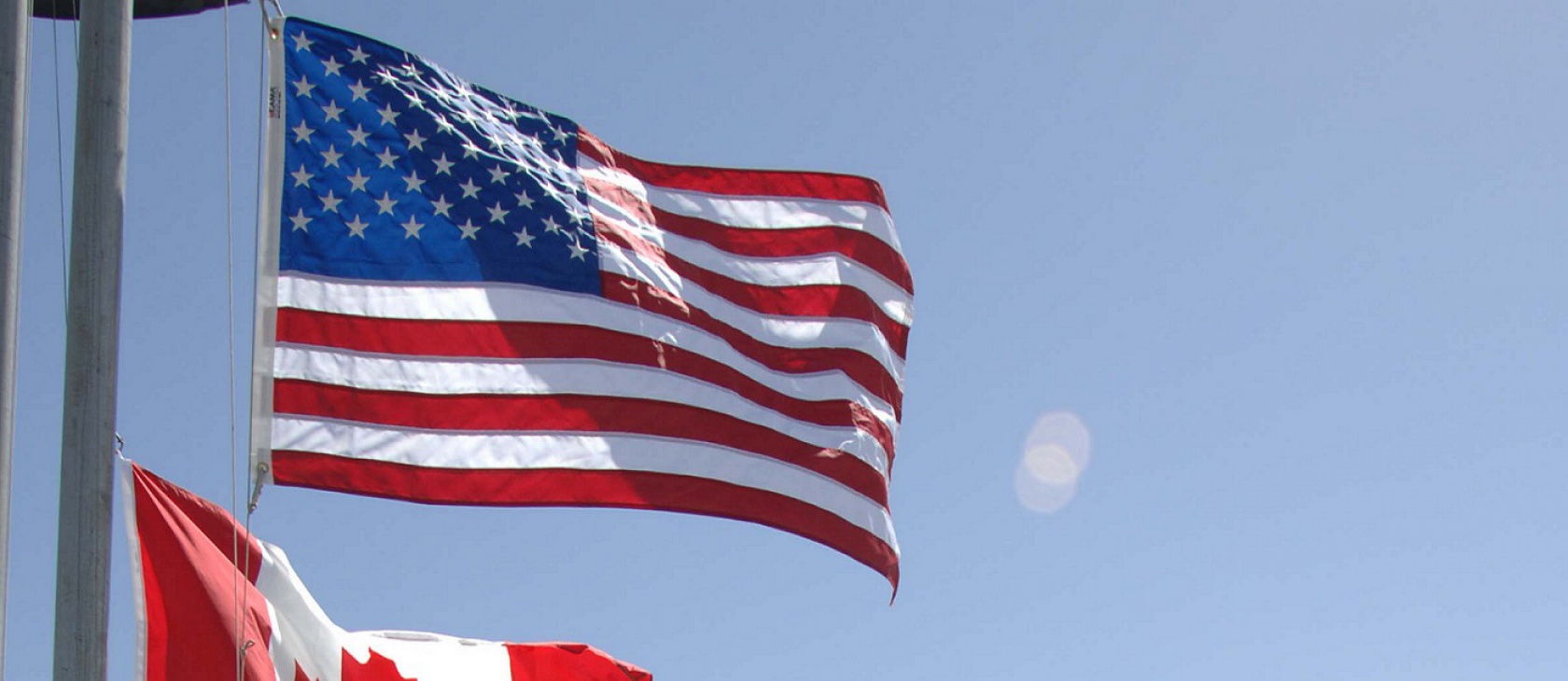On Monday, President Donald Trump signed an executive order instructing regulators that for every new regulation they write, two must be repealed. Further, the burden imposed by federal regulations cannot be increased by a single dollar.
It is no secret that, overgrown as the U.S. regulatory code is, overregulation is a more pressing problem in the Eurozone. Perhaps less well-known is that fact that this executive order aimed at paring back the undemocratic regulatory state has its origins in Canada and the United Kingdom, where it has helped unleash greater economic creativity.
Canada
Like their brethren in the rest of the transatlantic sphere, Canadians have labored under increasing regulatory burdens. The Fraser Institute found that Canadian lawmakers drafted 117,000 new regulations at the federal and provincial level between 1975 and 1999. One British Columbia rule decreed the precise size of television set that could be featured inside BC restaurants.
Finally, politicians demanded relief. In 2001, British Columbia enacted a province-wide “One-In, Two-Out” rule. The BC rule counted not merely regulations but “regulatory requirements”: the number of demands made of businesses by each law or regulation. The province reduced regulations by 47 percent between 2001 and March 31, 2016 – eliminating 157,373 regulations. The province has renewed the policy through 2019.
Regulations pose a multi-layered problem for a free and virtuous society.
The Canadian federal government adopted the measure on a less extensive basis, with swathes of regulatory activity not subject to the limit. The “Red Tape Reduction Act” also did not count “regulatory requirements.” That compromise secured its passage of the by a margin of 245-1 but made the law less robust.
Still, adoption of the One-for-One rule “has led to considerable savings in financial cost and time allocation for individuals and businesses,” according to Sean Speer at the R Street Institute. By the government’s estimate, between 2012 and June 2014, the One-for-One Rule “reduced the net annual administrative burden on business by over $22 million, resulting in an estimated annual savings of 290,000 hours in time spent dealing with regulatory red tape, and has achieved a net reduction of 19 regulations taken off the books." And more could be done. The Canadian Federation of Independent Businesses believes the current $37 billion businesses must pay to comply with regulations each year could be cut by another $11 billion with no harm to safety, health, or the environment.
That record led the Mercatus Center to hold up the Canadian rule as a model for U.S. lawmakers. But before it reached Washington, the Canadian experiment would be implemented in Westminster.
The United Kingdom
The British government imposed a “One-In, One-Out” rule from January 2011 until December 2012, removing “£963 million more in business burdens than they introduced,” according to government statistics. The rule has since strengthened to a “One-In, Two-Out” rule until last year, and then a “One-In, Three-Out” rule for 2015 to 2020.
However, the UK guidelines exempted some regulatory activity, as well. From 2010 to 2015, the government estimates that it cut regulatory costs by £10 billion – but regulations passed outside the scope of the law added £8.3 billion.
Two-thirds of the regulations not covered by the act originated, not in Westminster, but with the European Union (EU), another reason to celebrate Brexit. The Conservative government of Theresa May has committed to another £10 billion in regulatory cost reduction by 2020.
Now, after campaigning against “job-killing regulations,” President Trump has adopted a similar measure in the United States.
The United States
The burden of regulation is real and growing. “In 2015, federal regulations imposed an estimated cost of $1.89 trillion,” Rep. Tom Marino, R-PA, told the House Judiciary Committee last fall. The Obama administration finalized 678 major rules during its eight years – up significantly from 426 under President George W. Bush.
Regulations disproportionately affect small businesses, whose proprietors cannot afford to hire the lawyers and personnel necessary to fulfill – or even understand – what the ever-changing bureaucratic landscape requires of them.
Economic burdens, like economic relief, trickle down – or, if you prefer the metaphor, cascade outward – throughout the entire economy, touching every economic decision made by a household. Douglas Holtz-Eakin, president of the American Action Forum, told the House Judiciary Committee last summer that 36 major rules issued by the Obama administration alone “were estimated to increase consumer prices by more than $11,000 – everything from a more expensive car ($3,100), mortgage ($362), microwave ($14), and air conditioner ($320).”
More perniciously, he said that “annually, regulators also estimate food is at least $14 more expensive and energy $135 pricier because of rules.”
An AAF website, RegRodeo.com, records that 3,074 federal regulations have been issued since 2009, costing $900.7 billion and requiring nearly 559 million hours of paperwork.
President Trump’s executive order will help reduce that cost. Ryan Bourne at the Cato Institute suggests ways the measure could be improved.
Why regulations matter
Regulations pose a multi-layered problem for a free and virtuous society. They erode popular control of government, approaching a form of taxation without representation. They stigmatize companies’ reactions, rather than the overreaching regulatory agency that drafted them, and often touch off a vicious cycle of further government intervention. They complicate entry into markets and fall most heavily upon small businesses, consumers, and employees at the lower rungs of the economic ladder.
While some rulemaking is authorized by legislation, federal edicts generated by the regulators’ own forward momentum – often not subject to oversight by elected officials – undermine democratic governance. Republican lawmakers hope to exercise greater discretion over regulations by passing the REINS Act and trimming back President Obama’s regulatory thicket, beginning with his $157 billion in midnight regulations.
Like their authorship, the economic cost of regulations is also largely invisible. The government forces businesses to carry out expensive – not to mention often unnecessary and self-contradictory – actions under penalty of law. When firms pass on the cost of these new requirements to consumers, demagogues decry the inevitable reaction as “price-gouging,” often setting off another round of harmful regulations to cap prices.
When their business costs cannot be added to the price of their goods, firms do not simply absorb the loss. Instead, it is employees – both current and prospective – who pay the price. Raises are deferred, lay-offs may begin, and new people who would otherwise have been given the opportunity to begin work in their chosen field are denied employment.
Regulations disproportionately affect small businesses, whose proprietors cannot afford to hire the lawyers and personnel necessary to fulfill – or even understand – what the ever-changing bureaucratic landscape requires of them. Setting the regulatory bar too high has long been a favorite tactic of corporatists, who lobby the government to establish standards only they can meet, putting their competitors out of business. A study by the CFIB found that one-in-four Canadian small business owners would not advise their children to follow their footsteps because of the high cost of regulatory compliance.
The core principles of the Acton Institute hold that “those who have the power to interfere with the market are duty-bound to remove any artificial barrier to entry in the market.”
This executive order, traveling from Victoria to Ottawa to London, is a good step toward that end.




